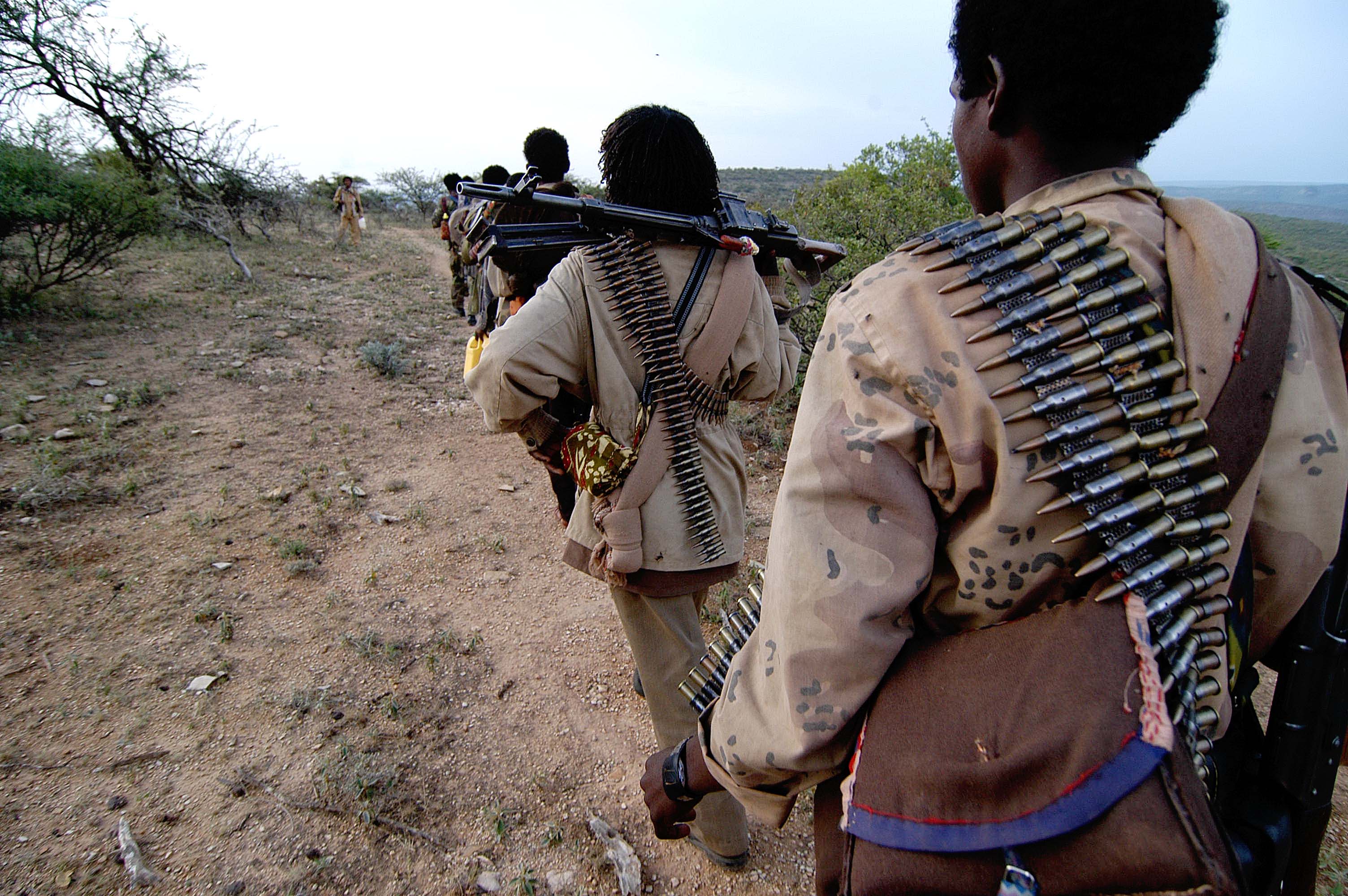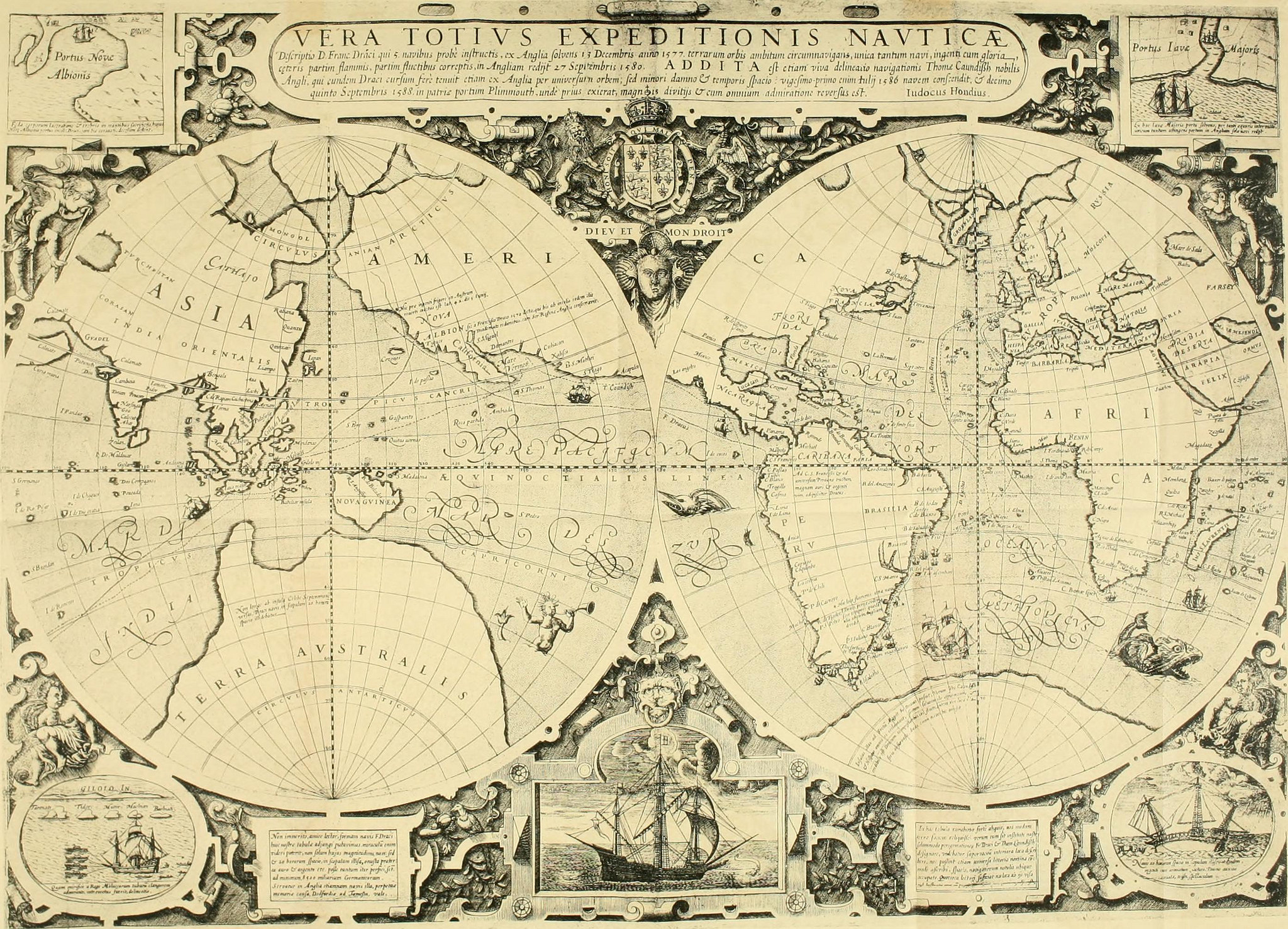
Last week, I posted about the general decline in the level and severity of armed conflict over the last several decades. Much of the evidence of that decline comes from the Uppsala Conflict Data Project’s Armed Conflict Report. The post that day led to an interesting discussion over at Will Moore’s blog, and I recommend reading Will’s reaction to my post and the subsequent discussion.
Today, I will focus on another interesting trend in armed conflict, and again reference the Armed Conflict Report for it. That trend is, even as the number of conflicts has declined, they have become increasingly clustered in certain regions of the world. To some extent, the idea that some regions are more conflict-prone than others may not seem surprising, since large parts of the world are much wealthier than others (and wealthy countries are significantly less likely to have civil war). However, even within areas of the world that might typically be seen as conflict-prone (like sub-Saharan Africa), there are large areas with no armed conflicts, and other areas where virtually all countries experience them.
The Armed Conflict report identifies 37 armed conflicts that generated at least 25 battle-related deaths in 2011, 36 of which took place within countries (as opposed to between them). Those 36 internal armed conflicts occurred in 29 countries. The regional distribution of these conflicts was one in Europe (the Chechen conflict in Russia); six in the Middle East, 12 in Asia, 15 in Africa, and 2 in the Americas.
So, 33 out of these 36 conflicts took place in Africa, the Middle East, or Asia. Within these regions, many of these conflicts were clustered among neighboring countries. In Africa, for example, 9 of the 15 conflicts took place in a set of countries in East/Central Africa including Ethiopia (2), Sudan (2), South Sudan, Somalia, Uganda, Rwanda, and Central African Republic. Three took place in North Africa (Algeria, Mauritania, Libya). The remaining three were in West Africa (Nigeria, Senegal, and Cote D’Ivoire). Southern Africa, meanwhile, which was consumed by many civil wars during the 1980s, had no armed conflicts in 2011 (nor, for that matter, in 2009 or 2010).
Conflicts are clustered in other regions as well. Eight of the 12 conflicts taking place in 2011 in Asia occurred in Pakistan, Afghanistan, India, and Burma.
These conflicts cluster for a variety of reasons. State leaders such as former Liberian president Charles Taylor (a former rebel leader himself) support rebels in other countries to destabilize their foes. Rebel groups from neighboring countries (like Pakistan and Afghanistan) work together (or fight each other). Soldiers, arms, and refugees flow across borders. Civil war in one country disrupts trade and investment in its neighbors. All of these things lead to regional clustering of conflict.
In addition, there has been a recognition in the political science community in recent years that many other phenomena beyond conflict are clustered regionally. Democracies tend to border other democracies, and non-democracies are more likely to be surrounded by other non-democratic states. Countries are more likely to be wealthy if their neighbors are wealthy. We are still trying to understand why this clustering occurs, but it suggests that phenomena that were historically viewed as “domestic” such as civil war, democratization, and economic performance, have significant international causes and effects.
This clustering also makes understanding how to respond effectively to these conflicts difficult. Resolving civil war in one country may not involve just understanding and responding to that war, but taking into account the larger regional context within which it occurs.






0 comments
David,
You raise a great point. The region as the unit of analysis may offer a fuller understanding for at least a subset of the entire population of civil wars. Off the top of my head, I can think of at least two existing works that make this argument: Karen Rasler presciently argued some time ago that some civil wars, like the ones in Lebanon, are fundamentally regional phenomena (http://www.jstor.org/discover/10.2307/173922?uid=3739664&uid=2129&uid=2&uid=70&uid=4&uid=3739256&sid=21101127973607). More recently, Benjamin Miller (http://www.cambridge.org/us/knowledge/isbn/item1163736/States,%20Nations,%20and%20the%20Great%20Powers/?site_locale=en_US) suggested that, due to their structural characteristic, some regions are inherently more volatile than others.
Adrian